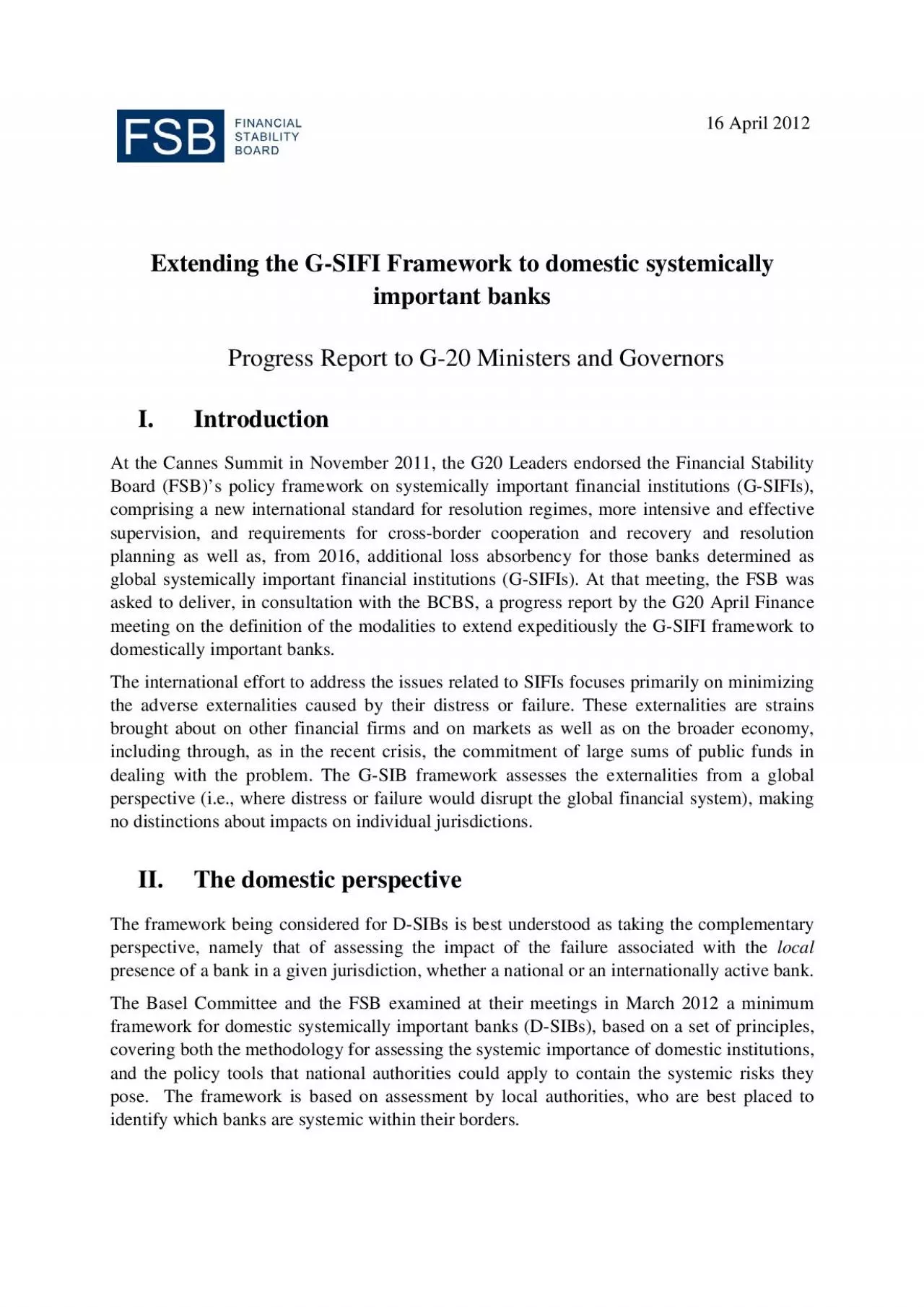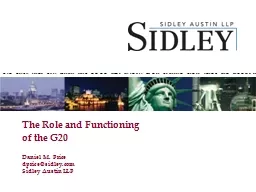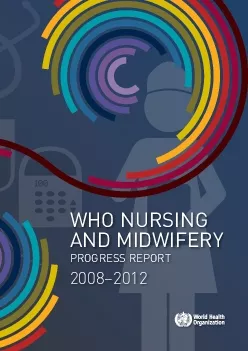PDF-Progress Report to G20 At the Cannes Summit in November 2011 the GBoa
Author : unita | Published Date : 2021-08-04
The adoption of a complementary perspective with respect to the GSIB framework including the role of local authorities in assessing banks that are systemic at the
Presentation Embed Code
Download Presentation
Download Presentation The PPT/PDF document "Progress Report to G20 At the Cannes Sum..." is the property of its rightful owner. Permission is granted to download and print the materials on this website for personal, non-commercial use only, and to display it on your personal computer provided you do not modify the materials and that you retain all copyright notices contained in the materials. By downloading content from our website, you accept the terms of this agreement.
Progress Report to G20 At the Cannes Summit in November 2011 the GBoa: Transcript
Download Rules Of Document
"Progress Report to G20 At the Cannes Summit in November 2011 the GBoa"The content belongs to its owner. You may download and print it for personal use, without modification, and keep all copyright notices. By downloading, you agree to these terms.
Related Documents














